

Find the audio, ebook and paperback here.
Cristina knows all about boundaries. As a therapist, it is vital that she keeps her clients at a professional distance.
Enter new client Leon: educated, charming, affluent — and newly bereaved, following the death of his married lover, Michelle. Cristina soon learns that Leon has an ulterior motive for approaching her: Michelle was one of her clients, and Leon is desperate for her insights into the woman he loved.
Moved by the depth of his feelings, Cristina is drawn to help him through his grief. But as she struggles to ignore her own growing attraction to sophisticated, attentive Leon, her boundaries start to blur and then collapse, and the two embark on their own clandestine love affair.
But why does Leon switch so quickly from charm to criticism, attentiveness to distance? Can anyone truly be as perfect as he paints his beloved Michelle to have been, and what is hidden inside of her off-limits therapy file? Torn between her conscience and curiosity, Cristina is about to discover the truth is far beyond anything she could have imagined…
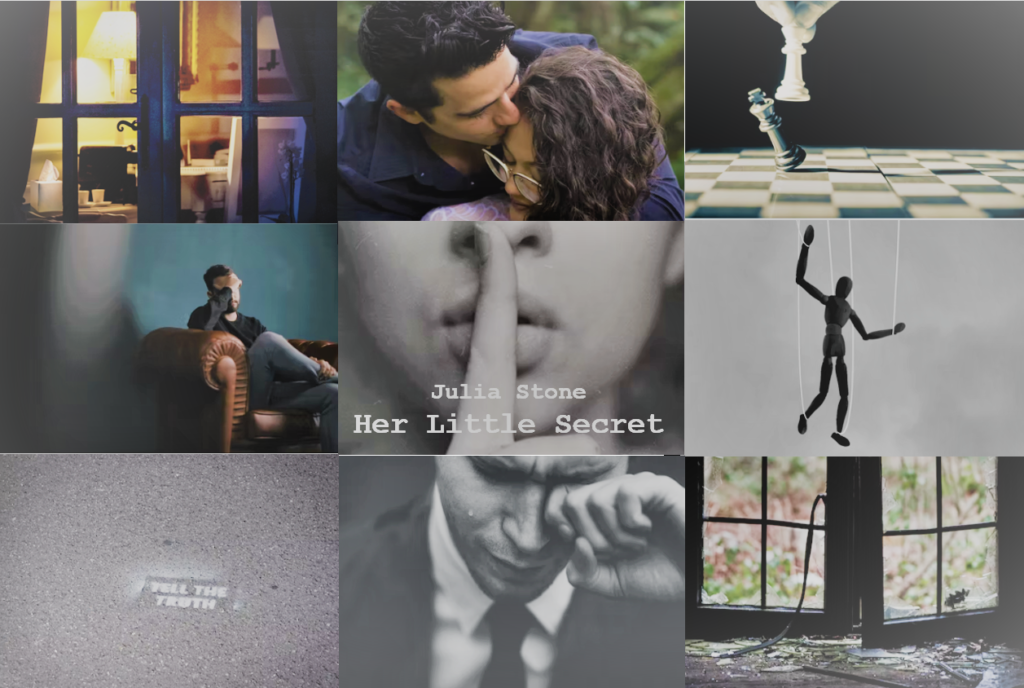


Her Little Secret – Behind the Scenes
Please note that the information below includes some potential plot spoilers!
When she’s trying to decide on the decor for her therapy room, Cristina refers to research on the use of colour in prisons. Back in the 1980s, experiments by a research scientist called Alexander Schauss suggested that the colour pink reduced physical strength and aggression in males. Prison wardens tested the idea in cells and its use spread to psychiatric units, supposedly resulting in calmer inmates and lower levels of verbal and physical abuse.
Cristina’s imposter syndrome
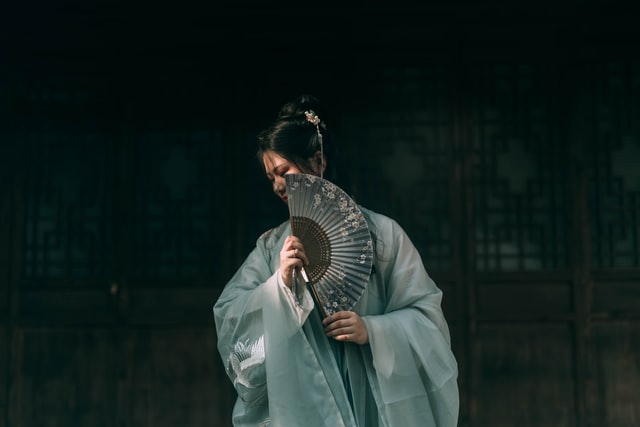
Imposter syndrome is a feeling of doubt about your abilities and a fear of being exposed as a fraud. It is relatively common, with some estimates suggesting that 70% of people may suffer from it at least once in their life. To quote Maya Angelou: "I have written 11 books, but each time I think, 'Uh oh, they're going to find out now. I've run a game on everybody, and they're going to find me out.'" [from Richards, Carl (October 26, 2015). "Learning to Deal With the Impostor Syndrome". The New York Times.]
Chapter 4
The Snowdome
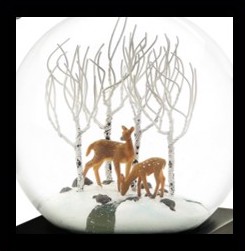
Cristina remembers buying a snow globe as a gift for her mum. Watch this touching video on children choosing between a gift for themselves or a gift for their parents. https://www.youtube.com/watch?v=NSH9k99M31Y
Chapter 9
Cristina and Leon’s
museum trip
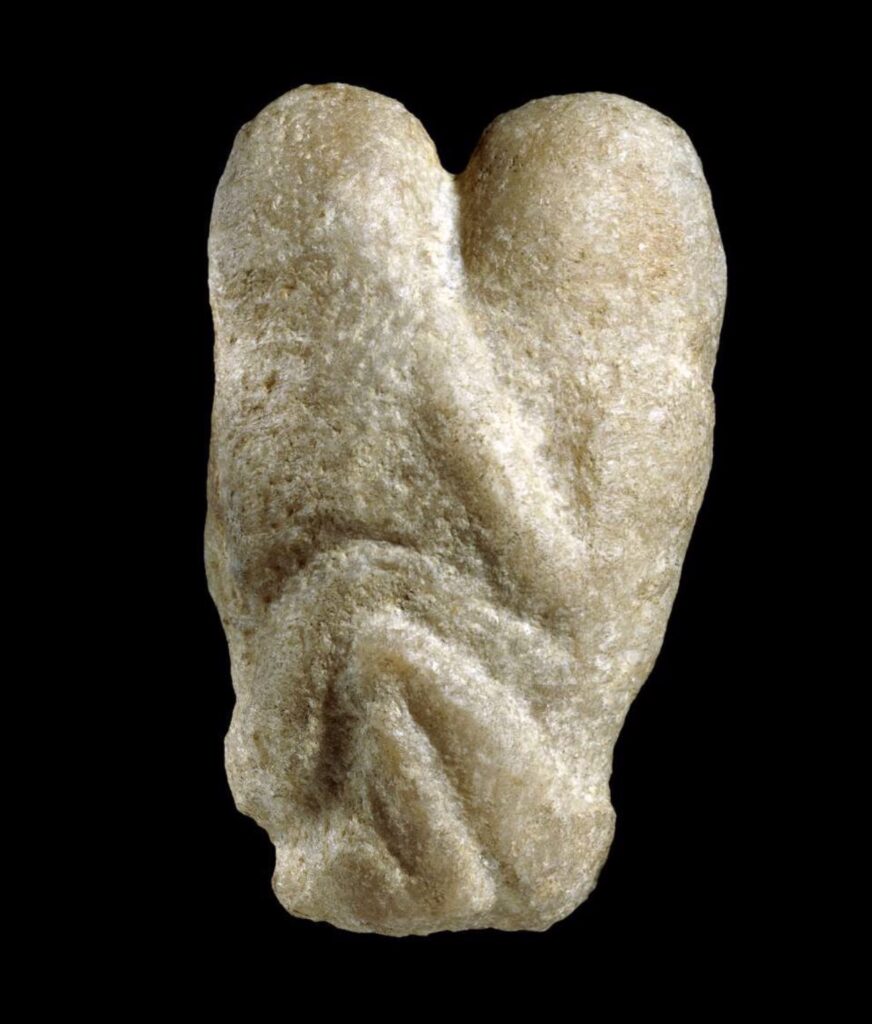
If you look at an image of the Ain Sahkri lovers you may understand why Cristina was initially underwhelmed when Leon announces this is his favourite piece in the British Museum. https://www.britishmuseum.org/collection/object/H_1958-1007-1 It may seem an unusual tool of seduction. After all, at first glance it isn’t as obviously erotic as Rodin’s sculpture or Klimt’s painting, both titled The Kiss. But there is a subtlety to Leon’s choice. He is willing to play the long game, leaving Cristina unsure whether he is interested in a relationship with her or not.
Chapter 11
The opera trip

Leon takes Cristina to see Carmen. This excerpt may help to illustrate why Cristina was captivated. It shows Elina Garancaas Carmen singing ’L'amour est un oiseau rebelle’ in a 2009 production. https://www.youtube.com/watch?v=K2snTkaD64U
Although Hamlet claims to love Ophelia, no one is crueller to her. His actions and words seem to contradict his protestation in his letter to her, ”Doubt truth to be a liar; but never doubt I love.” The same could be said of Leon, the man who comes to Cristina for therapy and whom she comes to love. It is in his nature to be obsessional, jealous and possessive and his focus on Cristina is, at least initially, manipulative – she is a pawn, a means to an end.
Clare and Cristina suggest that Leon shows ‘insecure’ or ‘ambivalent’ attachment. Attachment theory was developed from a psychologist named Bowlby. He observed that attachment behaviours in children can be triggered by the presence of a rival: most young children will compete for attention if they see their mother holding another child. In the 1980s it was suggested that attachment and jealousy can be triggered the same way in adults. Insecure attachment can lead someone to anticipate rejection and make them possessive and jealous because they fear they will be abandoned. An interesting article can be found at https://www.psychalive.org/understanding-ambivalent-anxious-attachment/
Chapter 15
The poems
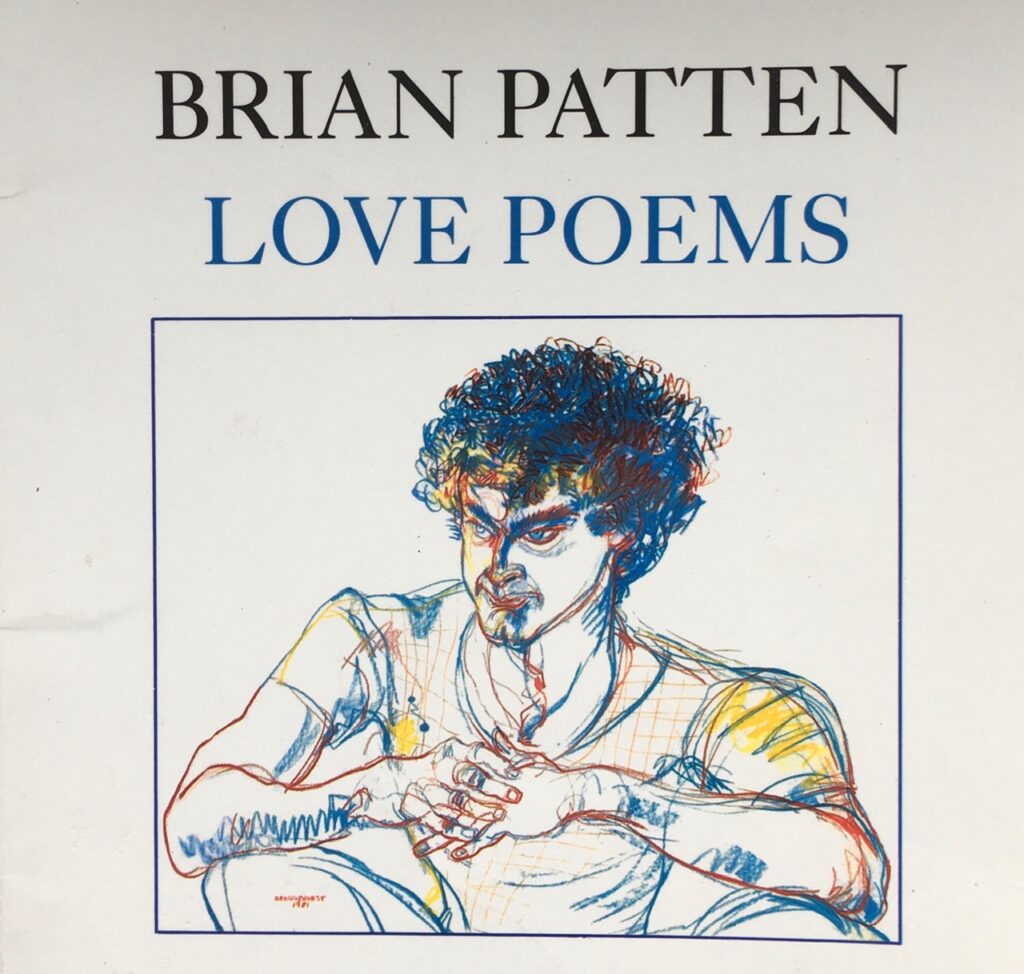
Leon sends Cristina three poetry books after their argument. The poems he’s selected express the vulnerability of intense love.
Probably it is too early in the morning is by Brian Patten and can be found in his book Love Poems, first printed in 1981. https://www.amazon.co.uk/Love-Poems-Brian-Patten/dp/0586092056 You Do Not Have To Love Me is by Leonard Cohen. The poem is provided on this website: https://www.poetryverse.com/leonard-cohen-poems/dont-have-to-love The two lines from the poem Point of no return are written by Julia Stone.
Thank you to the image makers whose work has been reproduced here. By clicking on the particular images above will take you to their website that will open in a separate browser in order to see more of their work.
More such work can be found on Unsplash.
DISCLAIMER: Please note that no responsibility can be taken for the content of any external sites that may be referred to in this website.



